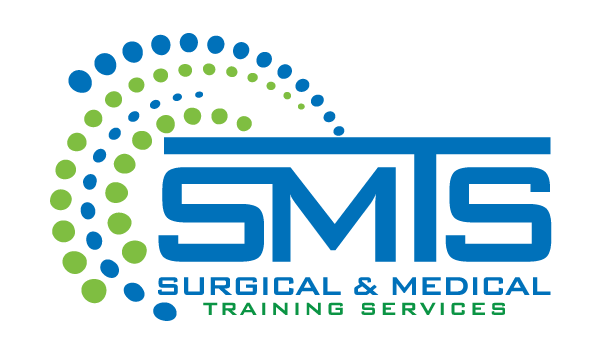Until recently, spine surgery was conducted in an “open” manner. Advances in surgical technique and instrumentation have enabled more surgeons to refine the performance of a myriad of procedures. Advances in imaging and other diagnostic tools have led to a greater understanding of anatomical structure, which is crucial to patient outcomes, particularly in the area of spinal surgery. In combination, these advances have culminated in the increased awareness, interest, and performance of minimally invasive spinal surgery procedures.
The value to patients is clear. A minimally invasive surgery, as opposed to open surgery, support a much faster and more comfortable recovery. There are less blood loss and a much lower risk of infection during a minimally invasive surgery due to the inconsequential nature of incisions. Spinal specialists want to be experts in the performance of minimally invasive techniques; and they want to confidently demonstrate this expertise to their patients, which is why bioskills training is so important.
Minimally invasive spine surgery has been in a constant state of development since the 1960s, though the last few decades have been a time of significant improvement. Starting with a small group of surgeons who developed microsurgical techniques, the use of minimally invasive procedures has continued to expand, with each surgeon at the forefront of new techniques thoroughly testing them and then passing them on to others.
Minimally invasive surgical techniques have resolved one of the major issues faced by spinal surgeons: how to minimize tissue and nerve damage to the greatest degree while obtaining access to a relatively small part of the spinal column. There is a significant amount of anatomy in the way, but to cut and open a wide area of tissue would be to create inherent risk. MISS techniques such as fluoroscopic imaging and scoping instruments have facilitated this goal. Rather than cutting and moving tissue, today’s surgeon is far more likely to rely on lighting and retractors to dilate structures.
Ultimately, microsurgery and minimally invasive techniques are paving the way to better outcomes in spine surgery procedures and many others. Surgeons can stay up to date with the latest techniques with the courses offered by SMTS – Surgical & Medical Training Services. To learn more about our upcoming courses or the facilities we offer, call (888) 801-9444.

